Tradition passed down from generation to generation: "We learn patience"

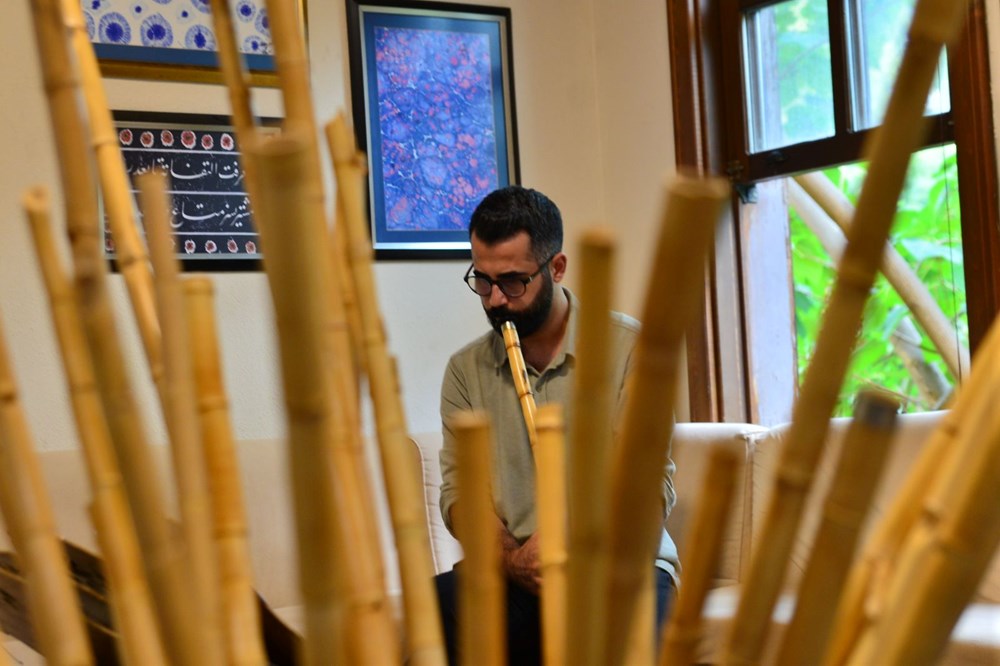
Having resigned from teaching and taken a position as a ney player at the Bursa Metropolitan Municipality Conservatory, Kılıç began teaching ney lessons in the workshop on the historic Irgandı Bridge, a legacy of his teacher. Salih Kılıç strives to preserve the tradition of ney playing, passed down from generation to generation since the 1800s, in the workshop he inherited from his master. He continues his art by blowing, teaching, and manufacturing the ney, a skill he inherited from his late teacher, İbrahim Benlioğlu. Kılıç emphasizes that ney playing is an art that requires patience and persistence. By teaching lessons in his workshop, Kılıç continues the master-apprentice tradition and aims to preserve the cultural heritage that unites the past and present.
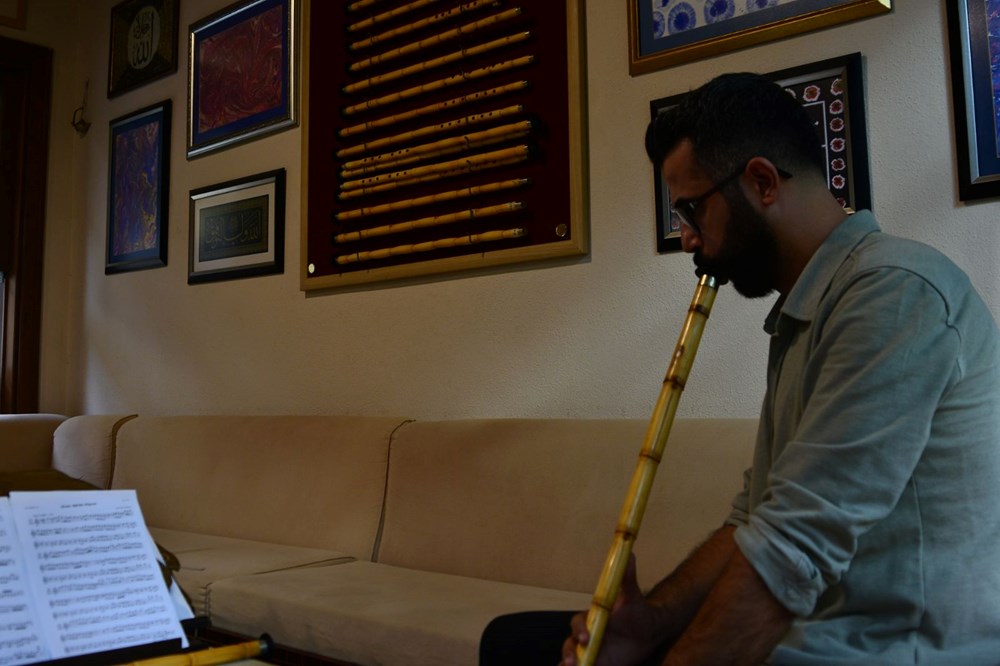
Kılıç emphasized that being a ney player isn't just about blowing the ney; it's also a way of life. He explained that he went through a long period of student life, saying, "Being a ney player isn't like school; it's about being an artist. It teaches patience. Our student life is still ongoing. At a very young age, on the advice of my late teacher İbrahim Benlioğlu, I dedicated at least three or four hours of serious study a day, and this continued for a long time. We were constantly listening. It's a long student life, of course. It's a student life with no set duration. It shouldn't be thought of as a regular school. Of course, our student life is still ongoing. Being a ney player is about being an artist."
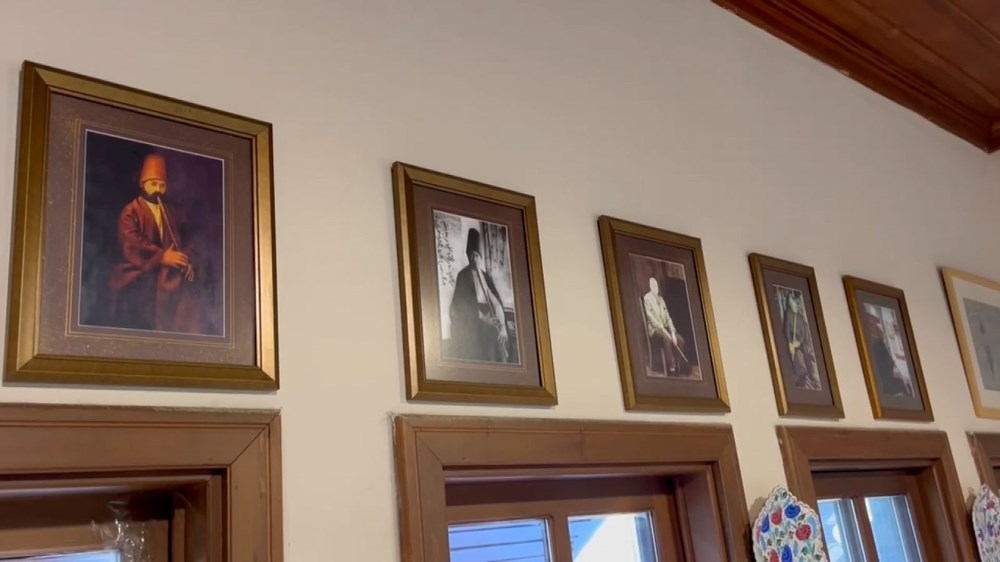
Kılıç said, "We place the ney instrument, due to its structure, in a different position than other instruments. I can't say this much about today, but the old ney players had a certain presence, a certain weight, and a certain respect within society. Of course, through ney playing, you first learn patience. In the past, ney training took place in dervish lodges, known as Mevlevi lodges. There, there was a master who served as the head ney player. Of course, that tradition doesn't exist today. But speaking of the past, ney playing training was a serious one. It wasn't just about blowing the ney and making music; it was also about immersing yourself in a certain etiquette, a certain morality, and a certain spirituality."
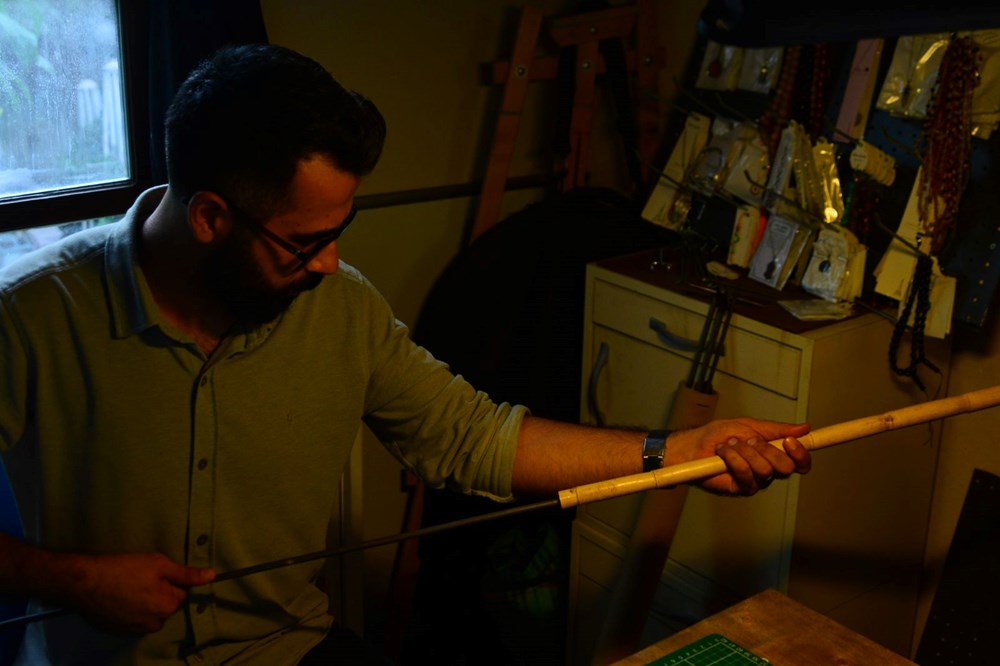
Kılıç stated that the title of dede is given after a serious training process with a master-apprentice relationship, and said, "Neyzenship has survived to the present day through a master-apprentice relationship dating back to the past. In the 1800s, there was Neyzen Aziz Dede, then Painter Halil Dikmen, who was an artist from the republican period. He is an artist from the late Ottoman period and the republican period.
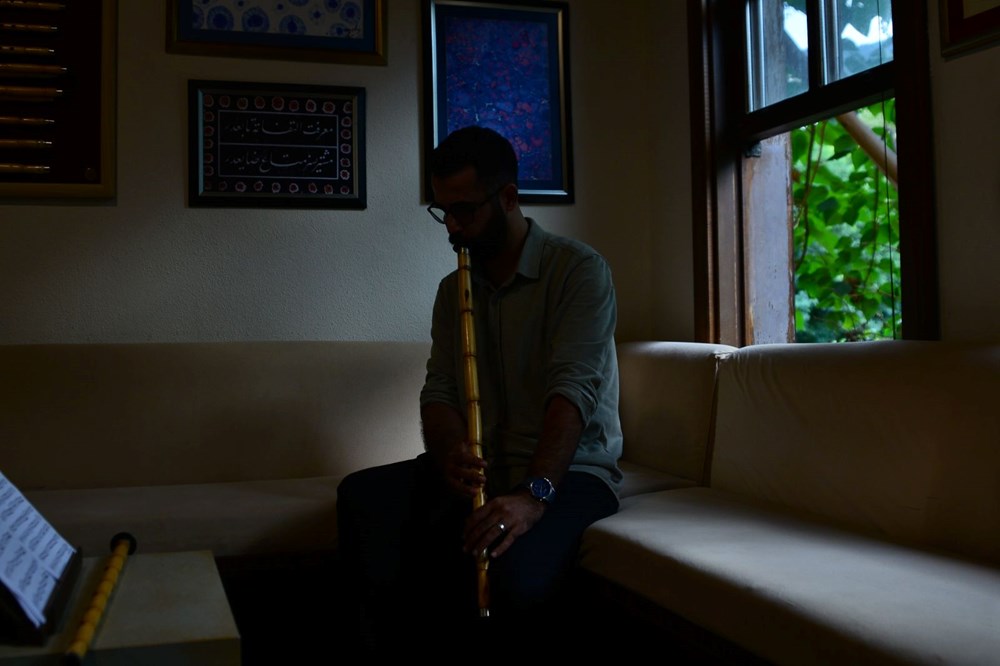
Then there's Halil Dikmen's student, our teacher Nihat Sayın. And then there's us, his children, trying to carry on the tradition here," he said. Kılıç, who also touched on the process of making the ney, whose main material is reed, a yellow, hard, and densely fibered reed, said, "Technically speaking, the reed is cut from reedbeds in wetlands. It's very leafy and coarse. Then it's cleaned, and depending on the distance between the nodes on the reed, the ney can be tuned."
ntv





